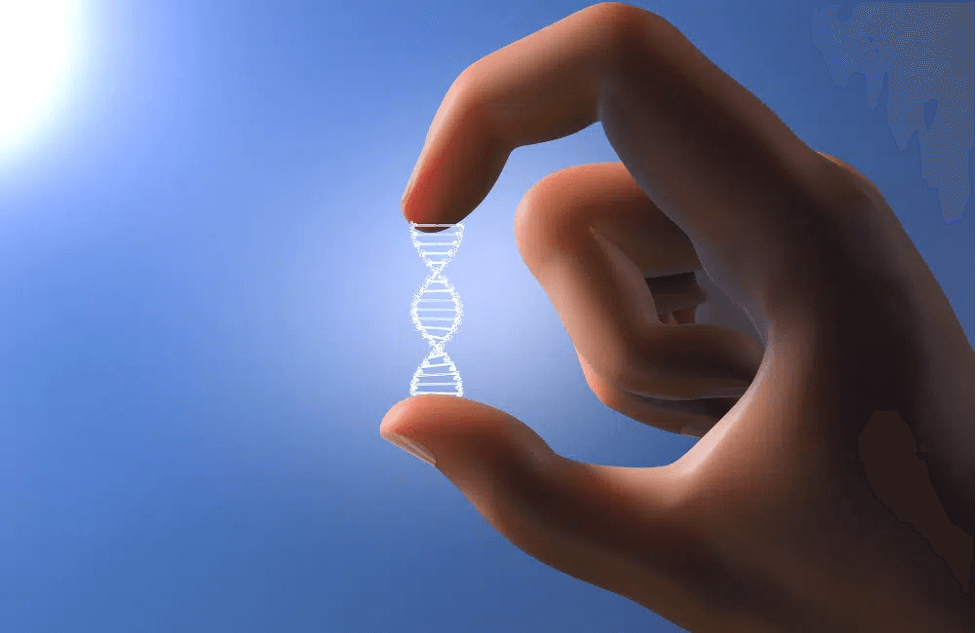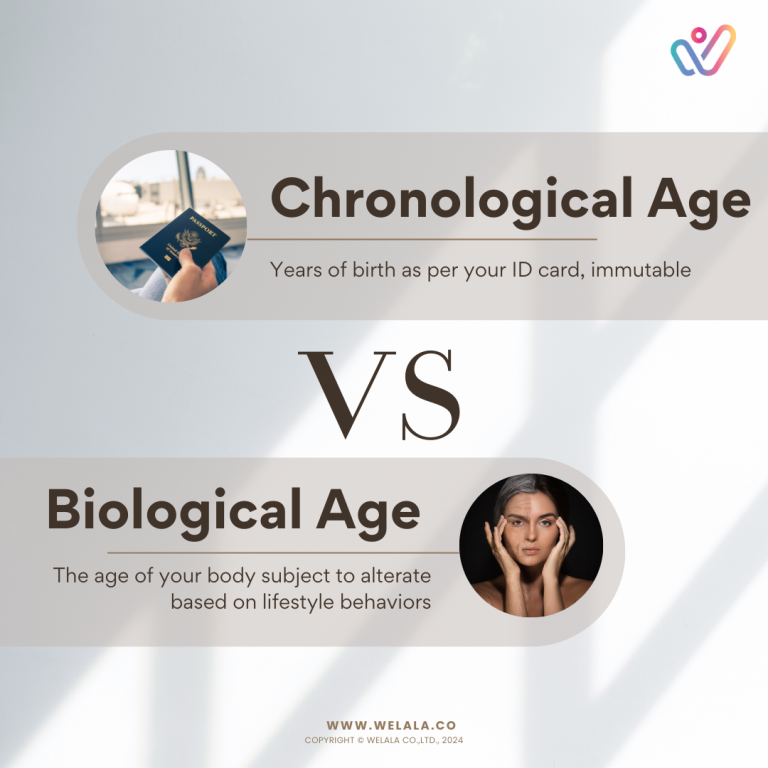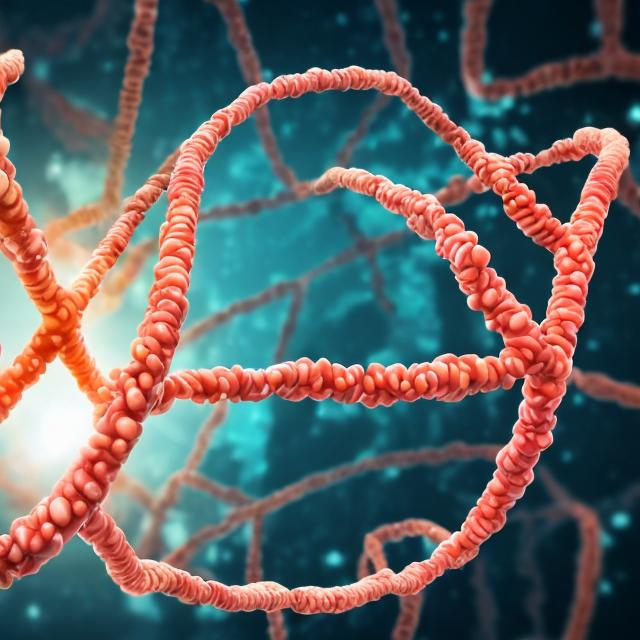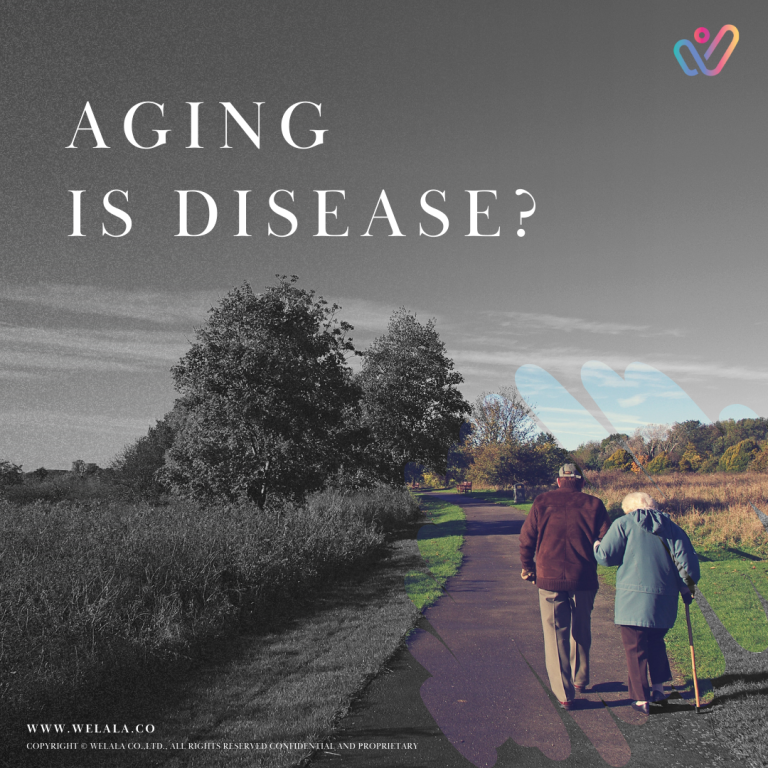Genes are segments of DNA that contain instructions for building and maintaining the body. They come in pairs, with one gene inherited from each parent. Genes can exist in different forms, called alleles. Dominant and recessive are terms used to describe the interaction between alleles.
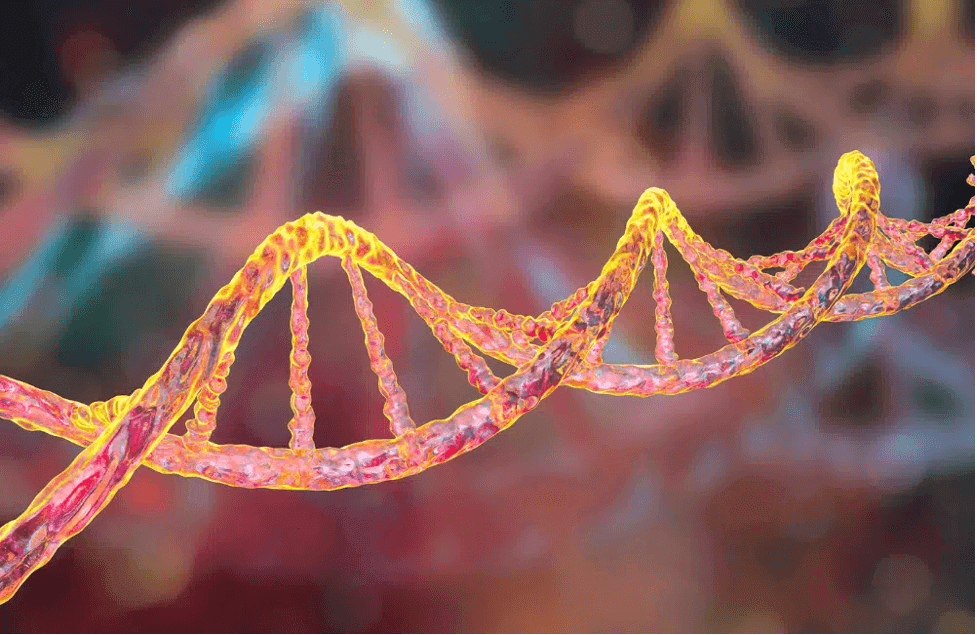
Dominant Genes:
Dominant genes are expressed or observed in the individual’s phenotype (physical or observable traits) even if only one of the paired alleles is dominant.
Dominant alleles typically “mask” the effects of recessive alleles when present in a pair.
They are represented by an uppercase letter (e.g., A).

Recessive Genes:
Recessive genes are only expressed in the phenotype when two recessive alleles are present.
If an individual has one dominant allele and one recessive allele, the dominant trait will be observed.
Recessive alleles are represented by a lowercase letter (e.g., a).
In the context of a specific gene, such as hair type or eye color, dominant and recessive alleles determine the traits that an individual will exhibit. Let’s consider an example using the gene for hair type:

Example:
Dominant allele (Straight hair): S
Recessive allele (Curly hair): s
If a person has the genotype SS or Ss (one dominant allele), they will have straight hair because the dominant allele (S) expresses its trait.
Only individuals with the genotype ss (two recessive alleles) will have curly hair because the recessive allele (s) is expressed in the absence of a dominant allele.
The combination of alleles inherited from both parents determines an individual’s genotype and, consequently, their observed traits. Dominant alleles often determine the primary features, while recessive alleles may remain “hidden” unless inherited in a pair.
It’s important to note that dominance and recessiveness are not indicative of the inherent superiority or inferiority of traits; they simply describe the relationship between alleles in determining phenotypes.

